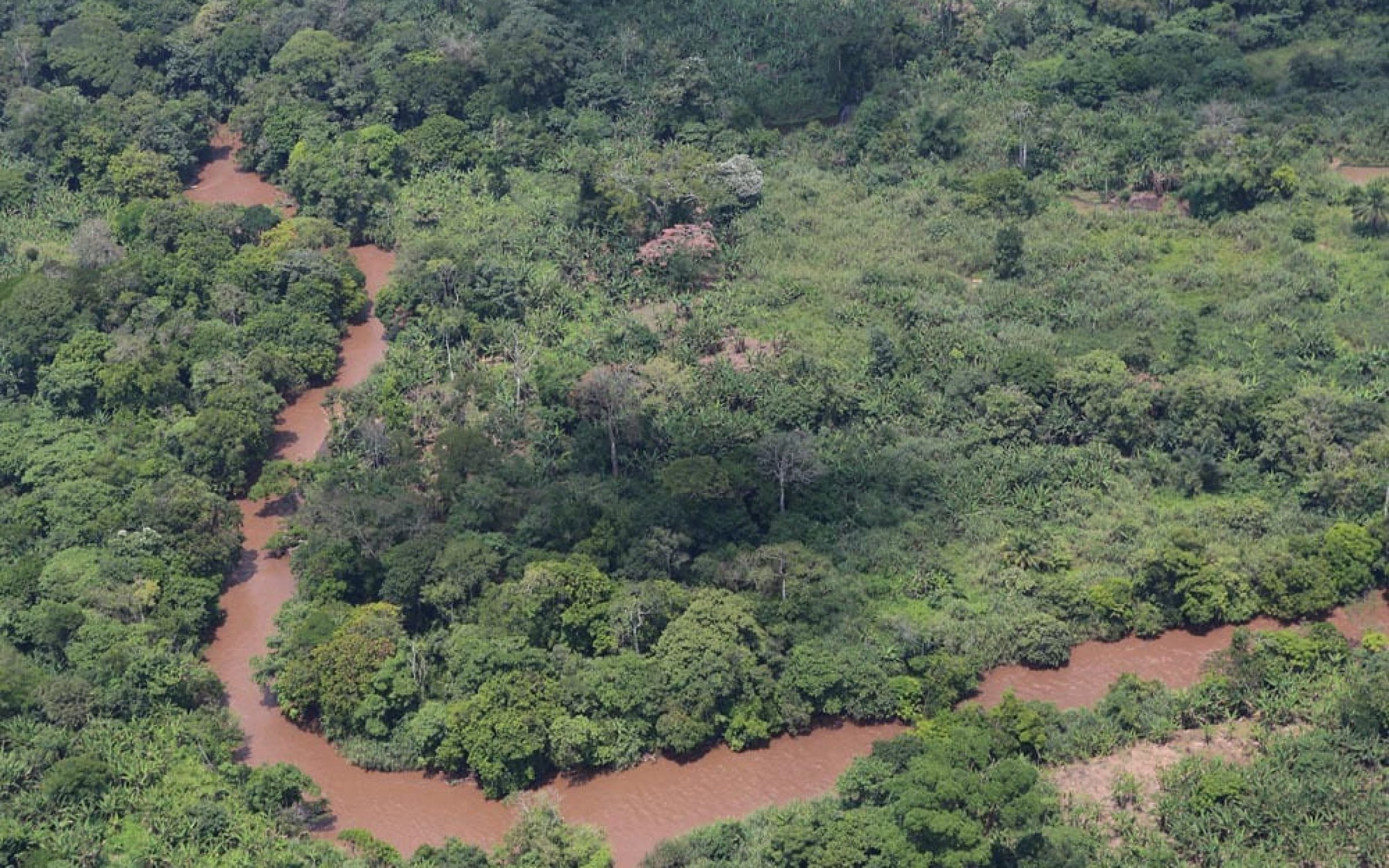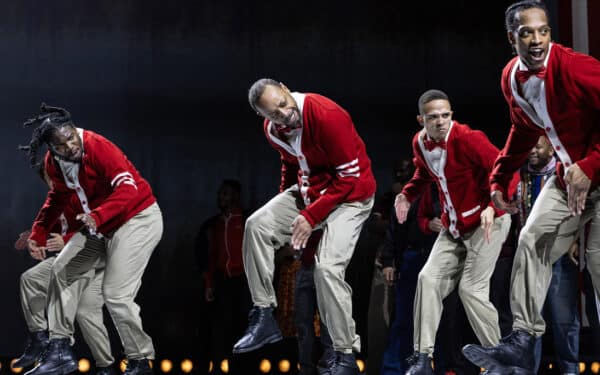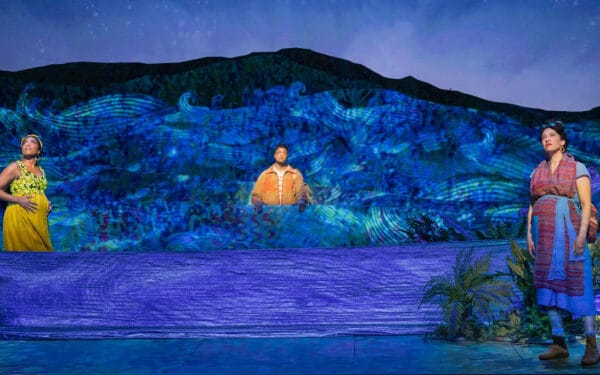In 1959, fighter pilot Colonel Remy Van Lierde was flying a helicopter over the Katanga region of the Congo. He was returning from a mission to an airbase at Kamina, when suddenly across a clearing in the jungle below, he spotted an enormous snake dramatically uncoiling its colossal girth. At a glance, he estimated its size at 50-60 feet, making it one of the largest snakes ever seen. Naturally, he decided to circle round several times to allow a crewmember to take photographs of the extraordinary creature they had discovered. The pictures they procured created a sensation and were even sent to CIA officials for forensic verification, but to this day the riddle of the Katanga snake remains unsolved.
The snake Van Lierde and his associates saw, was described as “green and brown” with a “white underbelly”. This account of its coloration, size and location have led some to speculate that the snake was a python, a species well-known for reaching gargantuan proportions. According to Van Lierde, as he lowered his helicopter to get a better a look at this real-world basilisk and hovered thirty feet over its jungle hole, the beast rose ten feet in the air and paused as if poising to strike. Terrified, Van Lierde withdrew and later said, “I felt if I got any closer, it would have a struck at me.” But is this simply a carefully crafted scene from an old soldier’s imagination or did Colonel Van Lierde actually meet a monster?
Famed for being the first Belgian to break the sound barrier as well as for having shot down six enemy aircraft and forty-four V-1 flying bombs during the Second World War, Remy Van Lierde is often deemed an ideal witness. Yet even with a serious military record ostensibly legitimising his observations, many have challenged the veracity of this incredible sighting. We are accustomed to hearing appealing tales of cryptids creeping and crawling through an untrodden wilderness, but few claims are enhanced by the possession of photographic evidence or indeed are defended by credible sources. With eyes trained for aerial combat and military reconnaissance, Van Lierde’s career necessitated keen observatory powers and an unusual instinct for accuracy. Moreover, he had little to gain from such a report, being a Colonel in the British army and therefor enjoying a lucrative commission.
In the early 1960s, Van Lierde’s photographs were sent to Charles Hapgood, a professor of history who had worked in the Office of Strategic Services during the 1940s. After examining the photographs, enlarging details and studying the terrain, Hapgood forwarded his findings and the originals to CIA Captain and director of the National Photographic Interpretation Centre, Lorenzo W Burroughs. In the letter, Hapgood ascertained the potential height of termite nests towering around the place where the great serpent was seen. The average height of a termite nest in those areas is approximately fifteen metres. Using the shadows of those nests, Hapgood and other analysts tried to determine the potential length of Van Lierde’s snake. If the average approximation of termite nests applies, the snake would ultimately measure at just under two hundred feet, dwarfing the antediluvian length of the titanoboa, a giant prehistoric predator.
Oddly enough though, scientists and relevant experts traditionally dismiss the overestimations of unprofessional sightings, in this case they exceed the evaluation of the witness. Could they be right? Could a snake grow to such a length? The circulation of this evidence among experts seems to have petered out but no one entrusted with that image ever denied that it was an extremely large snake writhing on the jungle floor. We are simply haggling over how huge it was.
As children, we all dream of monsters roaming the more remote places of the world, places still ungoverned by the ingenuity of man. However, in the face of the giant Katanga snake, most people would quickly forget the charms of childhood fiction. They would run desperately fast in the opposite direction, abandoning forever the frightening fact they always wished was real.




